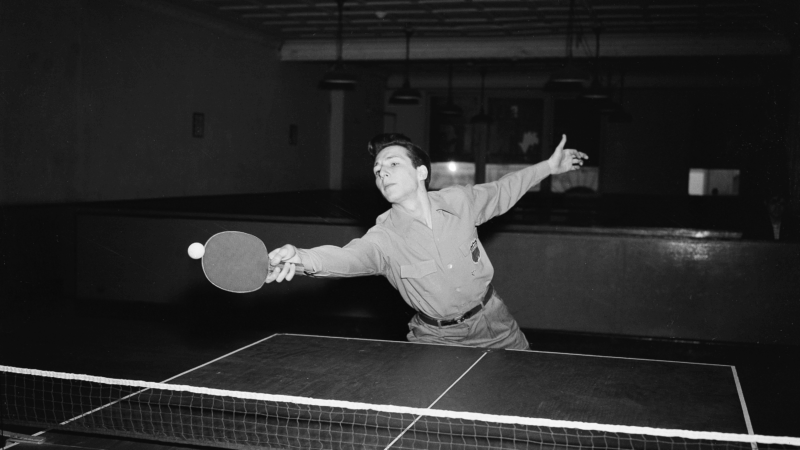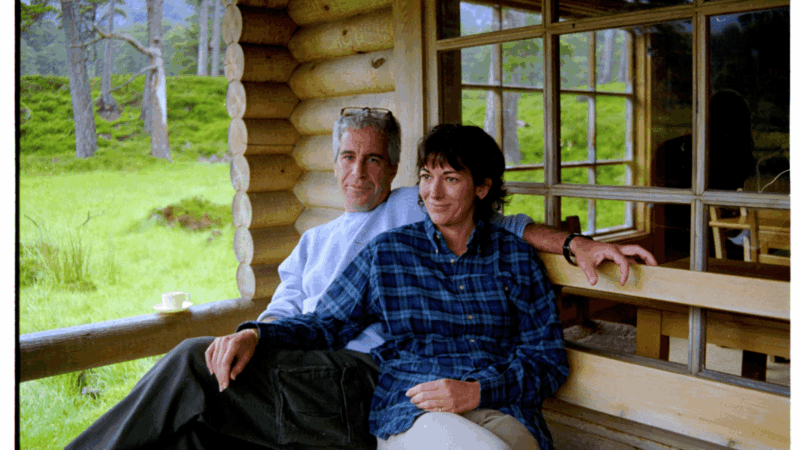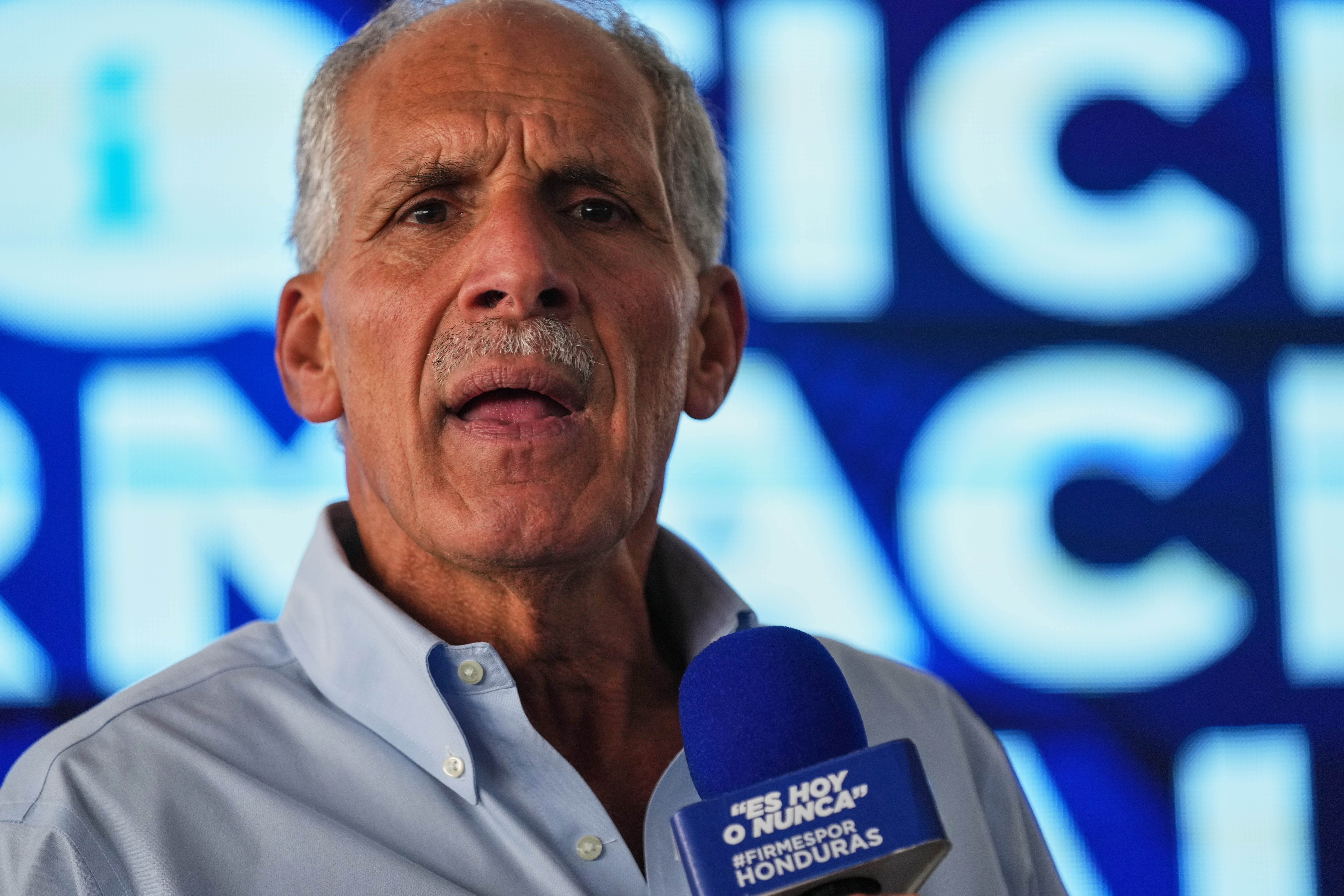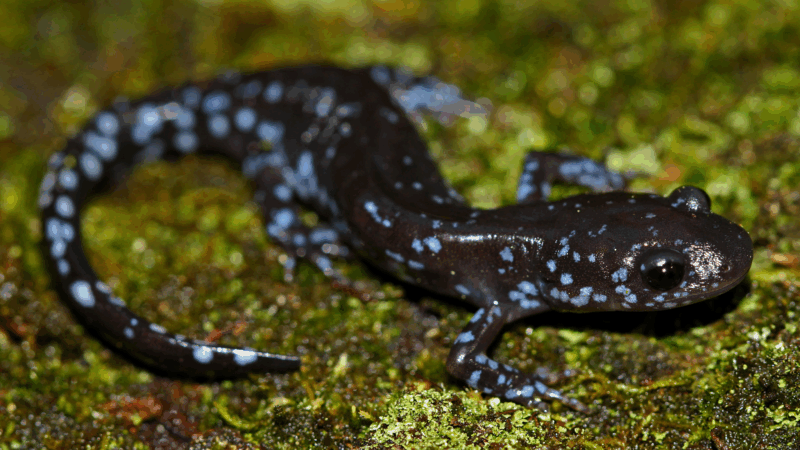Cutting-Edge Forensic Research At ASU Could Help Solve Murders
Montgomery, Ala. — Believe it or not, in a healthy human body, microbial cells outnumber human cells by about ten to one. Scientists, doctors, and health-conscious people are learning more and more about our “personal ecosystems.” But what happens to this individualized community of life after we die? Some Alabama State University forensics researchers are looking at patterns, which could — among other things — help investigators solve murder cases. WBHM’s education reporter Dan Carsen has more:
Ten Alabama State University students take notes in a Crime Scene Investigation class. A projector screen shows gruesome photos of damaged bodies in various stages of decay. Dr. Gulnaz Javan helps the would-be investigators piece events together.
“What you can tell — the story?” she exhorts. “It’s very bloody, the shirt.” When several students begin to notice key details, she excitedly pushes them along. “Yes, exactly! Here, can you see fingers … he tried to rape someone.”
Javan is from Turkey but she’s worked in government and university labs around the U.S. She recently got a National Science Foundation grant to pursue a line of research so new it needed a new word: “thanatomicrobiome.” As the Greek roots hint, it means the living things in a body after that body dies.
Javan says previous forensic research focused mainly external factors. “My project is very different,” she adds. “I focus on the internal organs like liver, spleen, heart, brain, and if it’s possible, I can collect the blood.”
Basically, once we die and our immune systems stop working, the microbes living in us go to town. They multiply rapidly and spread to organs that had been relatively sterile. And as ASU biochemist Sheree Finley says, “There are unique microbial signatures at certain time-points during the decomposition stages.”
Finley is studying microbes in the soil underneath corpses. By “microbial signatures” she means the types of microbes present, as determined by their DNA. And this could lead to a new way for criminal investigators to establish what they call post mortem interval, or time of death. Right now, they can go by odor, body temperature, or even the life-stage of maggots. But soon they might also rely on the populations of microbes inside a corpse. That’s one goal of Dr. Javan’s two-year, $200,000 grant. It’ll pay for her and five students to study microbes from a hundred cadavers.

I meet the team in the lab as a machine they call “the beater” shakes vials of tissue and solvents so fast they blur. They’re identifying microbes in organ samples by extracting their DNA. As you might guess, forensics research is not always pleasant. When Javan started the work with cadavers, she stopped eating meat. The smells of refrigerated tissue samples — let alone 10-day-old bodies — are intense. (Be glad you can’t smell this story.) I ask Finley why she and others are attracted to this kind of work:
“Well this is quite fascinating, wouldn’t you agree?” she responds. “We think of death [as] there’s no more life. But actually there’s a lot of life in soil and in dead bodies. And if we
can tap into the activity and the abundance, we can actually use that to give us more information about death.”
Objective figures, including microbes counted by sophisticated computer programs, could help with that at crime scenes. “[With today’s methods] the investigator has to use his or her subjective opinions,” says Finley. “But when we look at the microorganisms, it cuts out the subjectivity of it, and we can actually look at data to determine the time of death.”
West Virginia University’s Suzanne Bell has been in forensics for three decades and this year was named to the first U.S. Department of Justice and U.S. Department of Commerce National Commission on Forensic Science. She calls Dr. Javan’s work “promising,” and says decomposition is so complicated that any new tools to determine time of death are welcome:
“It’s a really, delightfully complex process. And there are lots of variables involved in it, but this I think will help us sort some of those out. I think this is a good step in the right direction.”
This new step could help verify or contradict crime suspects’ stories. And Dr. Javan’s NSF grant is a new chapter in the story of this historically black university — it’s the first grant for ASU’s forensics department. Though that program is only four years old, the research raises a question that reaches back to the earliest humans: If microbes have evolved to be with us in life, then why not in death?
And the work could very well help answer the more specific question of how a person actually died.



The pope urges the faithful on Christmas to shed indifference in the face of suffering
During his first Christmas Day message, Pope Leo XIV highlighted the suffering in Gaza, Yemen and among migrants, and called for peace in troubled regions like Lebanon, Ukraine and Syria.
The real ping pong champion — and hustler — who inspired ‘Marty Supreme’
Marty Reisman was nicknamed "The Needle" for his slender physique. He dressed well and put on a show.
DOJ says it may need a ‘few more weeks’ to finish releasing Epstein files
The Justice Department said Wednesday that it may need a "few more weeks" to release its records on the late sex offender Jeffrey Epstein after discovering more than a million potentially relevant documents.
A Powerball player in Arkansas has won a $1.817 billion lottery jackpot
Wednesday's Christmas Eve drawing ended the lottery game's three-month stretch without a top-prize winner. Final ticket sales pushed the jackpot higher, making it the second-largest in U.S. history.
Trump-backed candidate Nasry Asfura declared winner of Honduras’ presidential vote
Asfura won Honduras' presidential election, electoral authorities said Wednesday afternoon, ending a weeks-long count that has whittled away at the credibility of the nation's electoral system.
In the snow, these salamanders get supercool
Blue spotted salamanders have been seen walking across snow and new research suggests how they get by in the cold.







